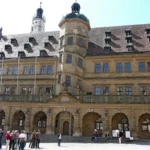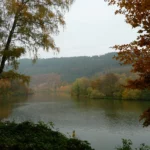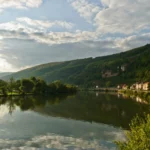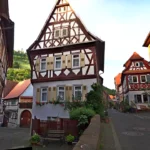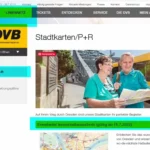Last Updated on 03/11/2024
Despite its popularity, the Romantic Road is not my favorite route. In my opinion, the attractions rate per kilometer is not very high. Often, from the description, you cannot decide in advance which city is really worth visiting on the road between the two touristic super monsters Rothenburg and Füssen.
It was all the more pleasant and unexpected to come across such an untouched and authentic city as Dinkelsbühl after the nice, but quite average Bad Mergentheim, Ellwangen or Feuchtwangen.
Romantic Franconia
Schwäbisch Hall. 1. What to see in old town
Kraichgau and Castle Road from Sinsheim to Rothenburg ob der Tauber
Rothenburg what to see
From Ulm to Ellwangen. Albtrauf and Bavarian Swabia
Dennenlohe. Rhododendron Garden
Schwäbisch Gmünd and Aalen
Swabian Alb map
Dinkelsbühl – how to get there
It must be said that the Bavarian government is an absolute disgrace in this matter, since it leaves its tourist heavyweight, the Romantic Road, without a normal railway service. The railway was functioning until recently, but not anymore. We (don’t) use buses, alas.
And what, you ask, does no one want to use trains? Of course, the trains from Crailsheim to Nuremberg are moving, barely moving their wheels, they are so overcrowded. The driver begs people not to squeeze in and to use the next train (yeah, 2 hours interval!). Taking this into account, the shutdown of the entire railway line to the south looks almost criminal.
Buses run from
the “nearest” stations Dombühl (813), Ansbach (805), Nördlingen (868), Crailsheim (7867, 59), Ellwangen (7871)
and from Rothenburg (814), Feuchtwangen (868, 805, 813, 814).
Feuchtwangen
Feuchtwangen is a relatively large town, with a nice little old center and a well-kept green area along the river. But this is not enough to make the city truly attractive to tourists.
The name of the city has nothing to do with humidity (feucht – wet), but it does have something to do with the fir trees (Fichte), of which there are plenty in the surrounding forests.

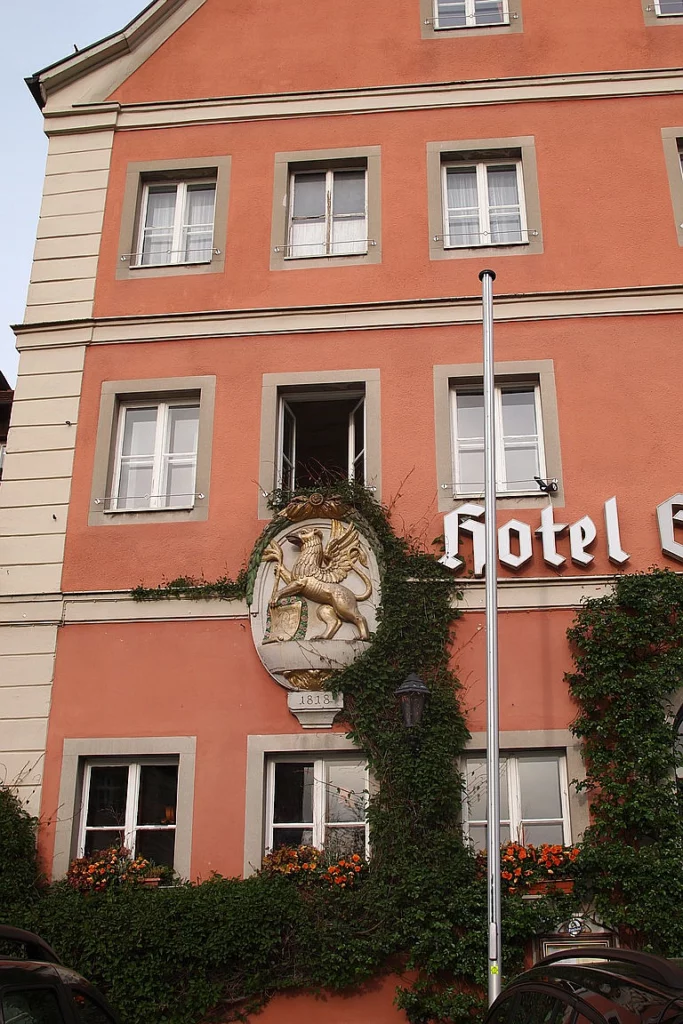
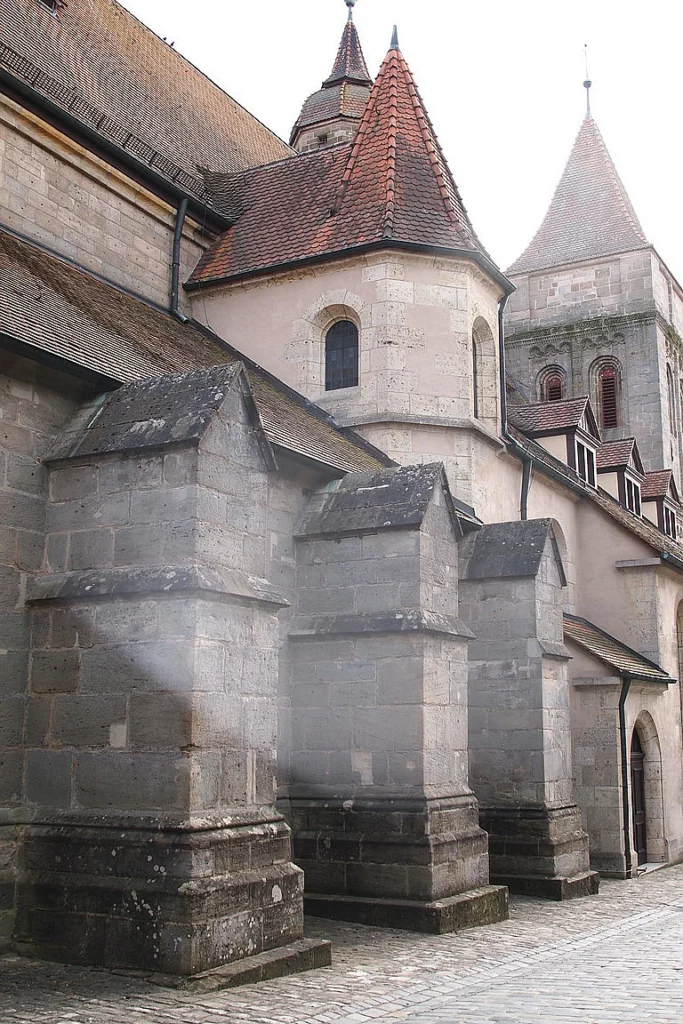
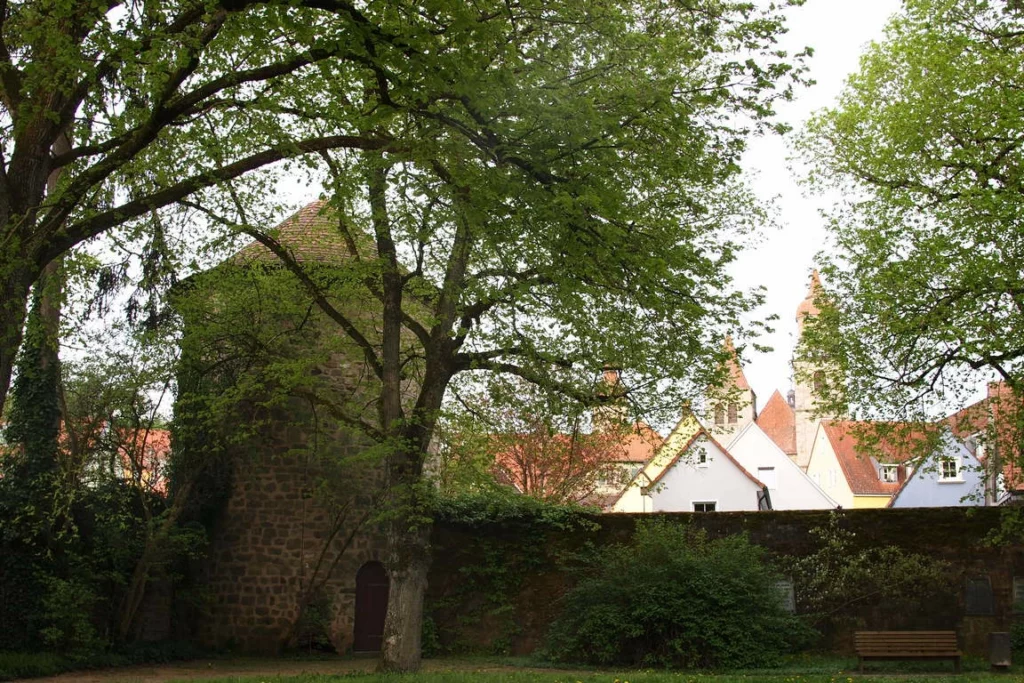

Cycling route Feuchtwangen – Dinkelsbühl
The route is popular because it is short (approx. 15 km) and connects two towns on the Romantic Road. However, I would only recommend it to those on electric bikes and without children. The main problems: there is a watershed between the towns and a significant part of the route is on the roadway. And those driving do not always have their heads on their shoulders.
If you choose the option that runs mainly along the Wörnitz River, it will be a roadway almost all the time (the traffic is very active). The climb is the most gentle – about 60 meters.
If you follow the main signs, then half the way you will be cycling on a separate bicycle road, but this is compensated by constant steep climbs and descents.
On the map, the blue color indicates a bicycle path, the rest is a car road, the redder, the more traffic. The direction of the climbs is indicated by arrows, the size of the arrow indicates the degree of climb.
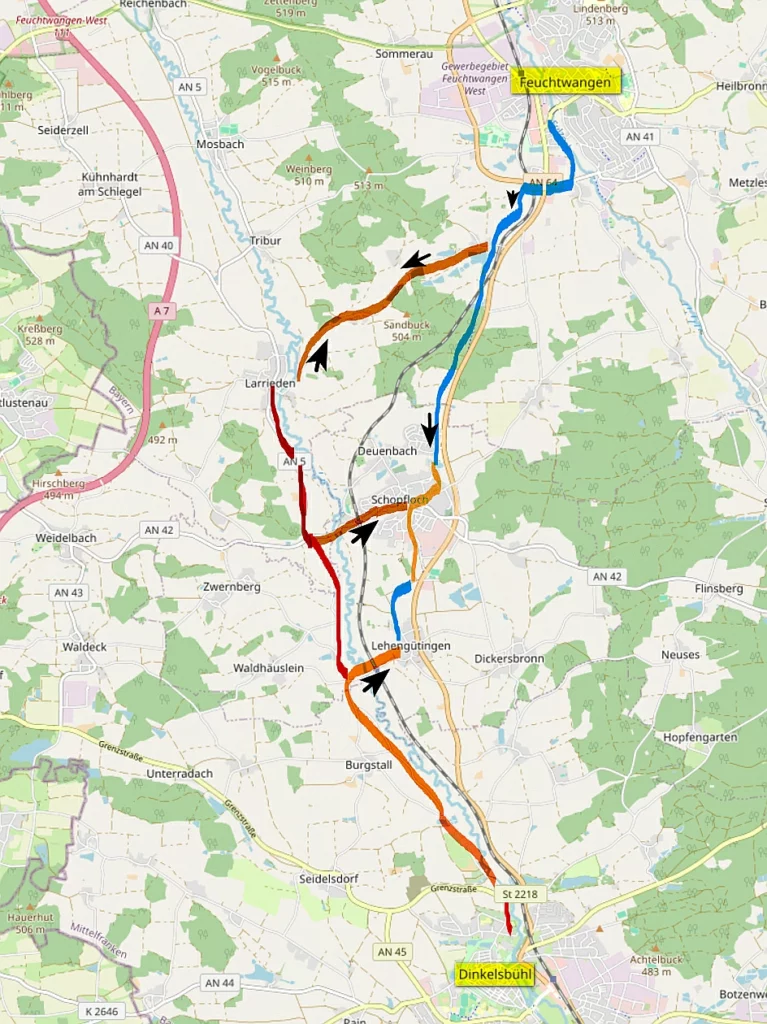
Valley of the river Wörnitz.
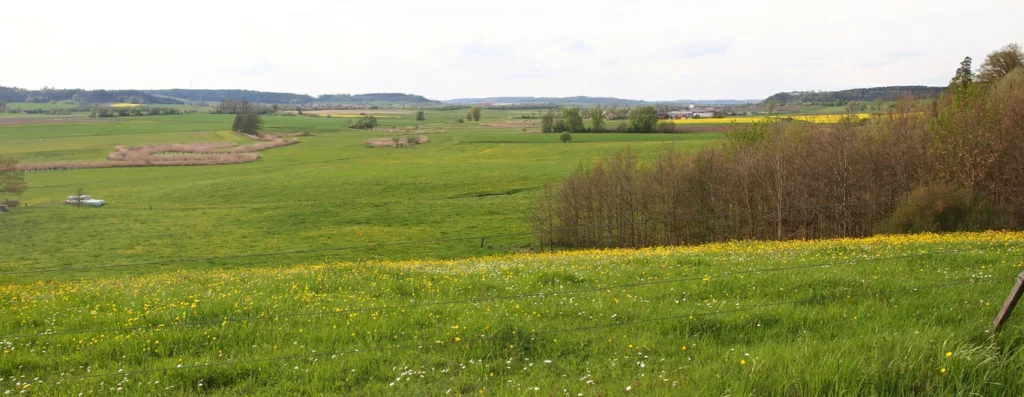
Dinkelsbühl
Unlike Rothenburg, Dinkelsbühl has not suffered at all from the blows of history – neither from wars nor from devastating fires. And even excessive prosperity, which usually expressed itself in the rebuilding of the medieval city in stone, spared it. Which makes Dinkelsbühl a must-see stop on the Romantic Road. You will need about 3 hours to explore the city and its completely preserved fortification wall (around the entire city!)
In the 13th century, the city became an imperial free city and remained independent until the 19th century, when it became part of Bavaria. The city flourished in the 14th and 15th centuries. It owed its wealth to its convenient location at the crossroads of trade routes. The old town reflects the past in the street names – you can tell where each market was.
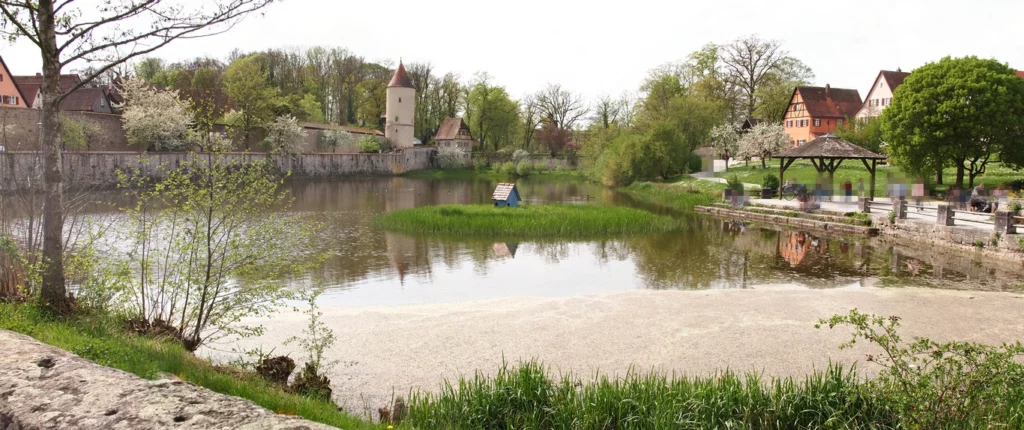
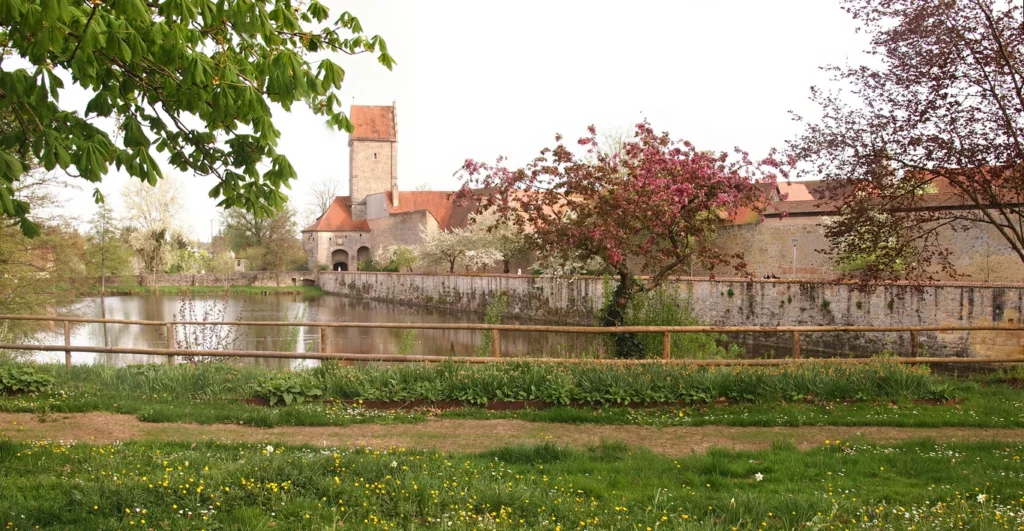
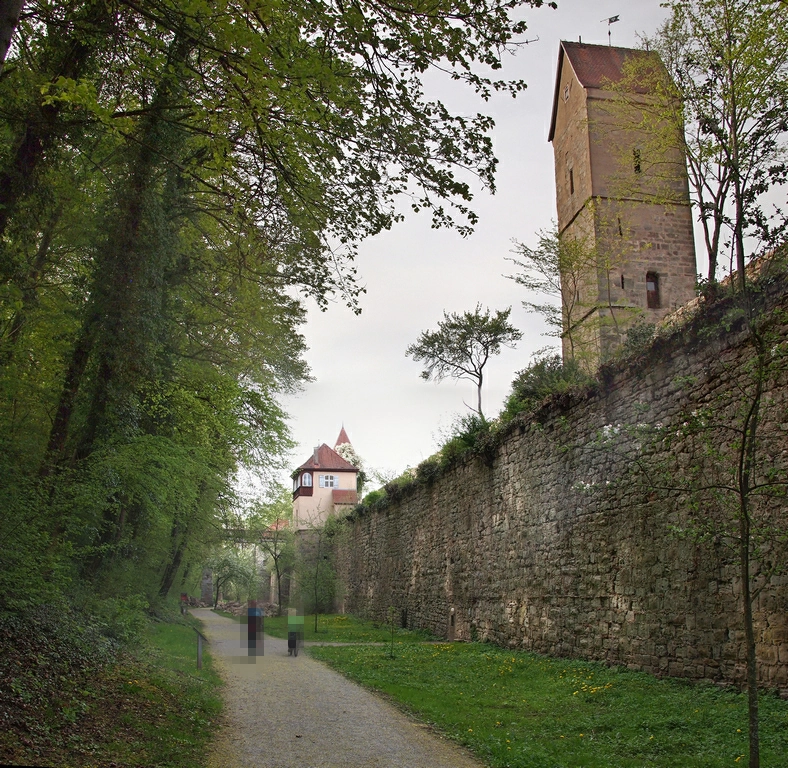



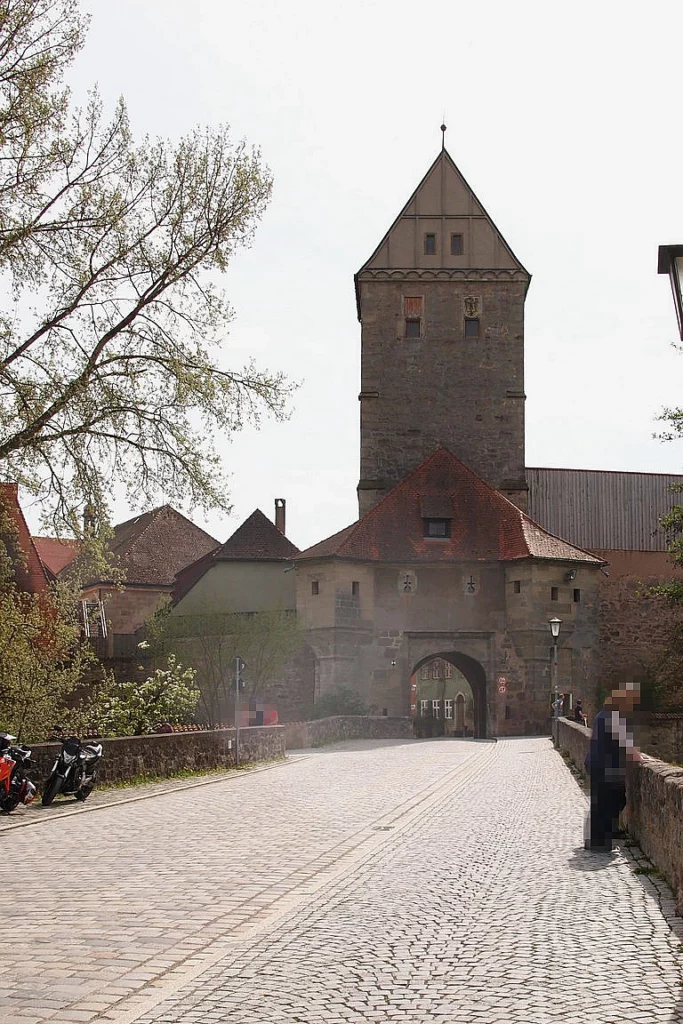


Münster of St. George – 15-16th centuries, late Gothic.
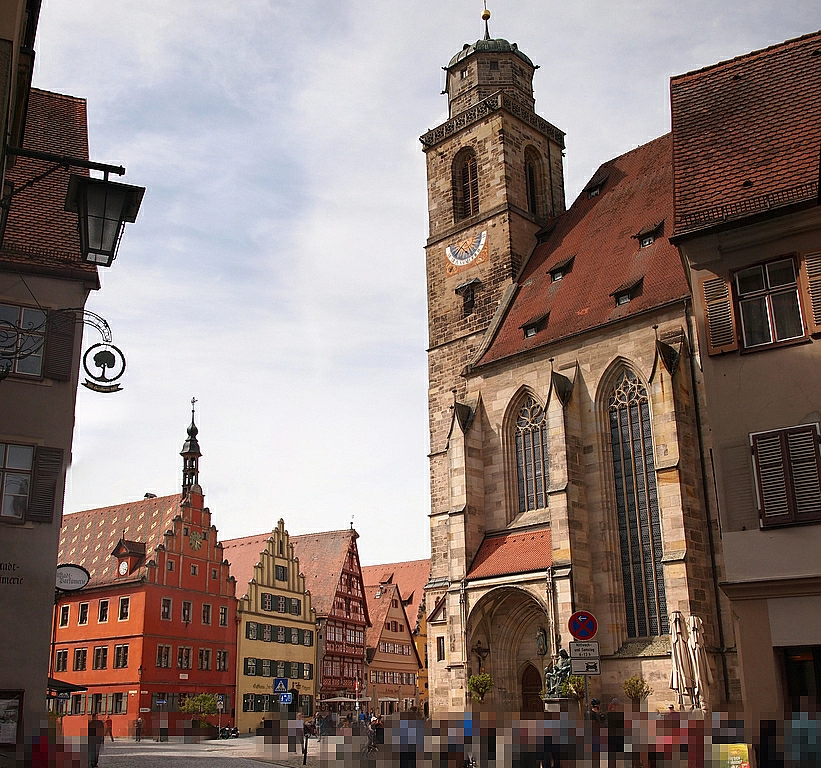
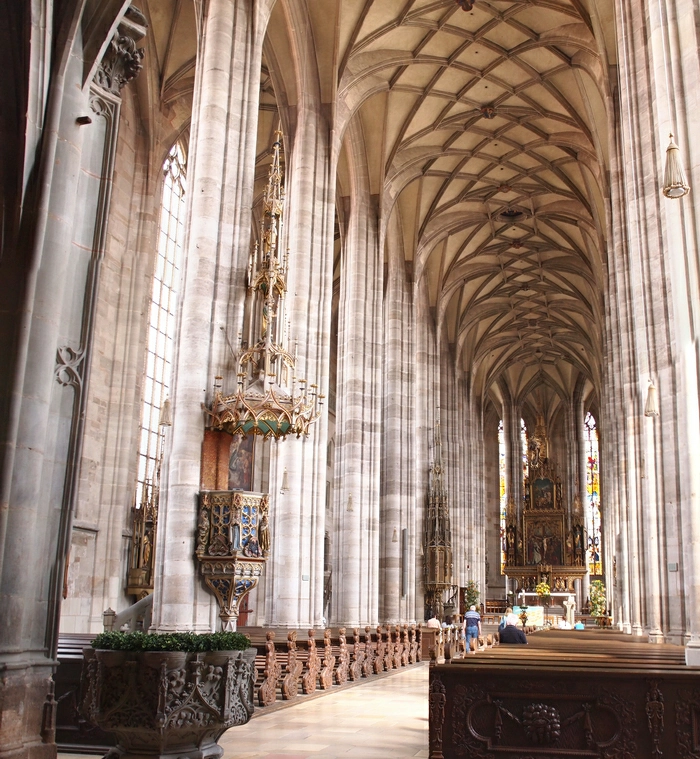
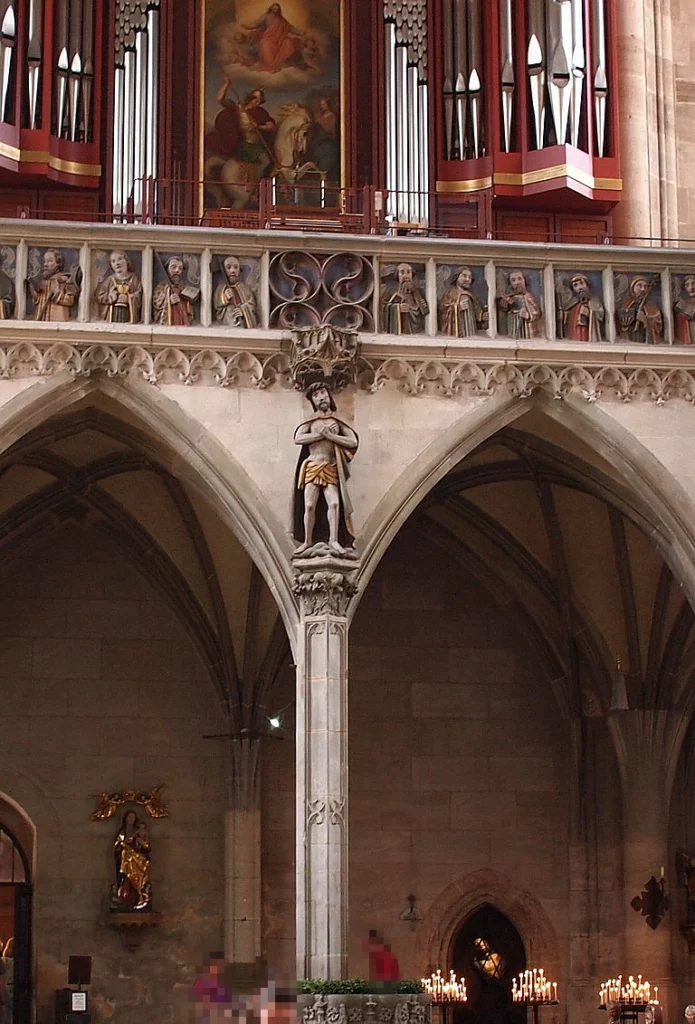

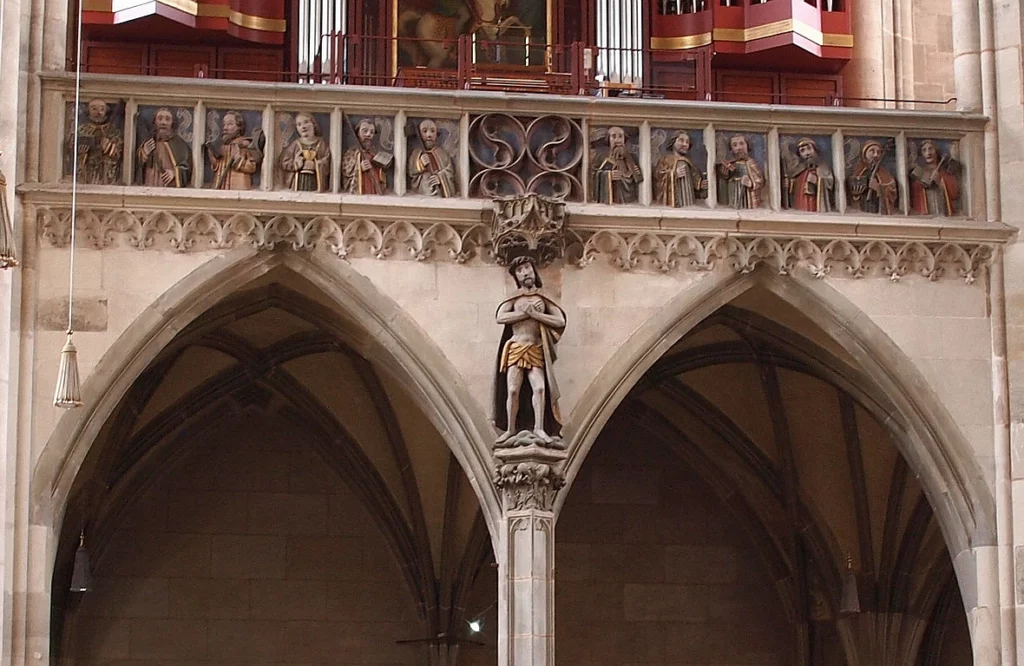
Follow me
This 16th-century house – a excellent example of half-timbered late Renaissance architecture – was the ancestral home of the local counts. There is little exposed half-timbering in Dinkelsbühl; most of the houses are plastered.
Half timbered houses in Germany through history
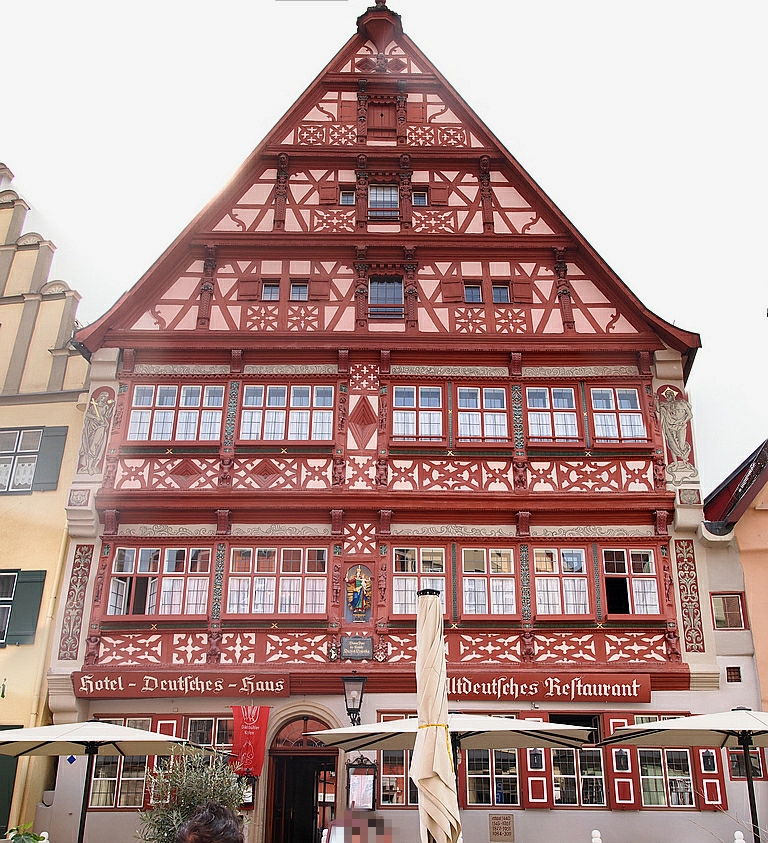

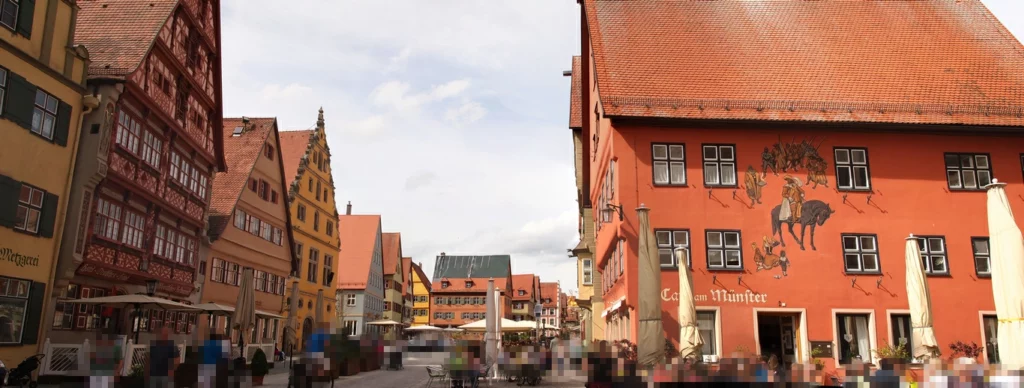
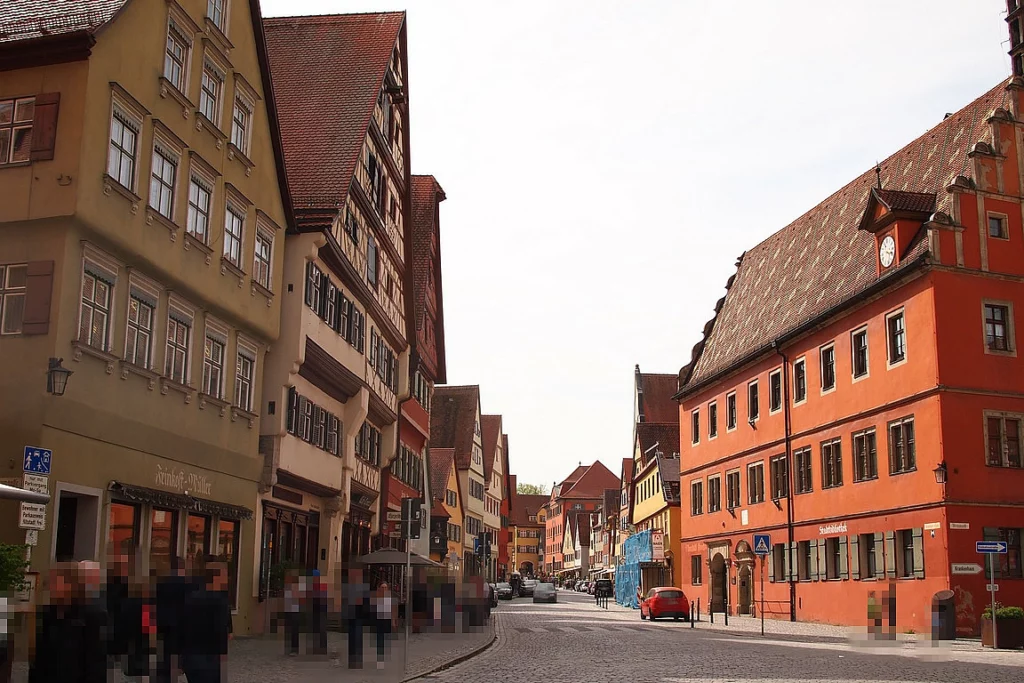
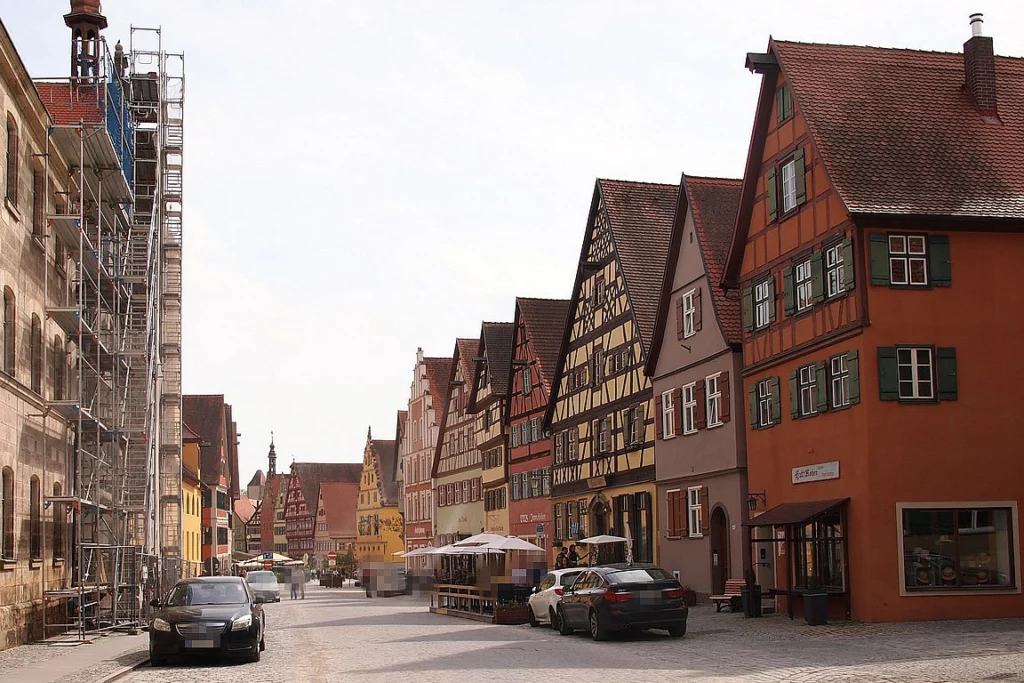
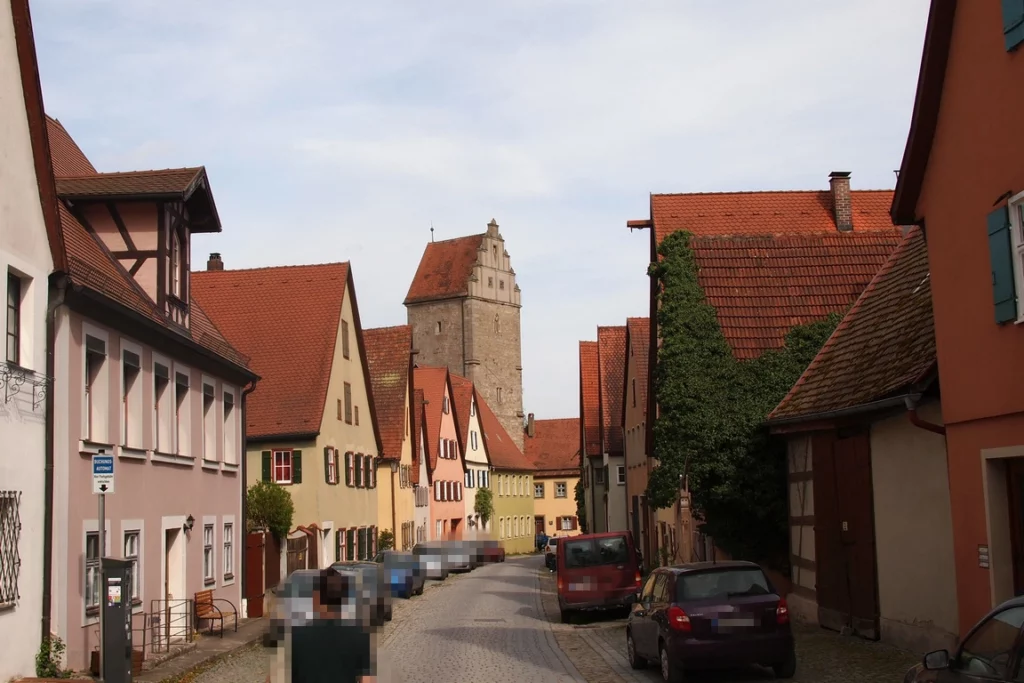
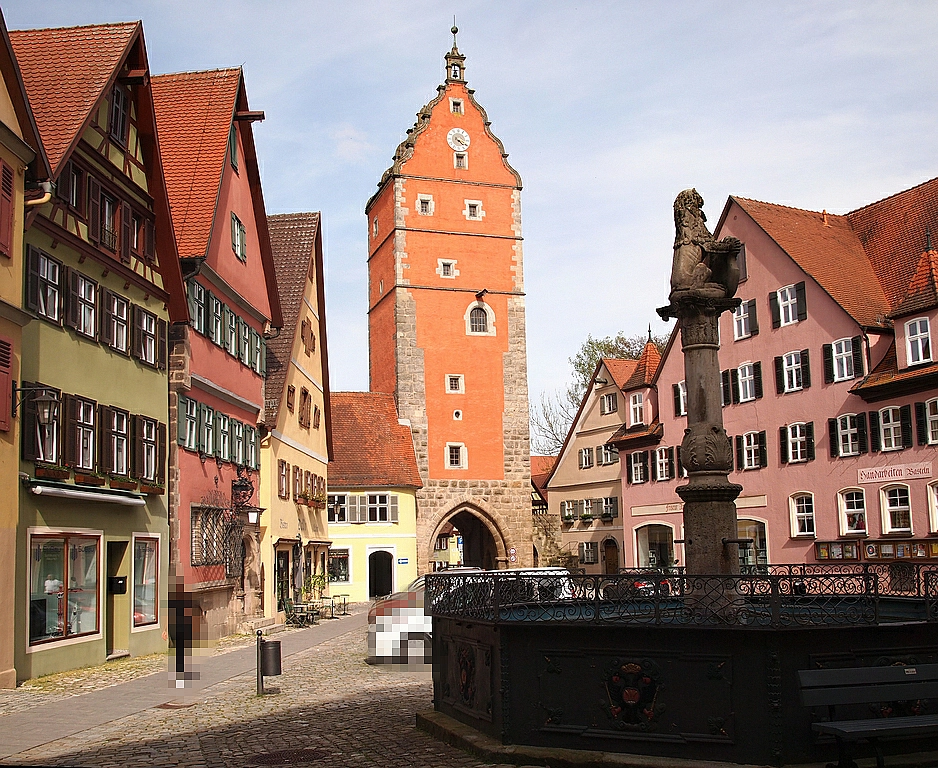
Monastery

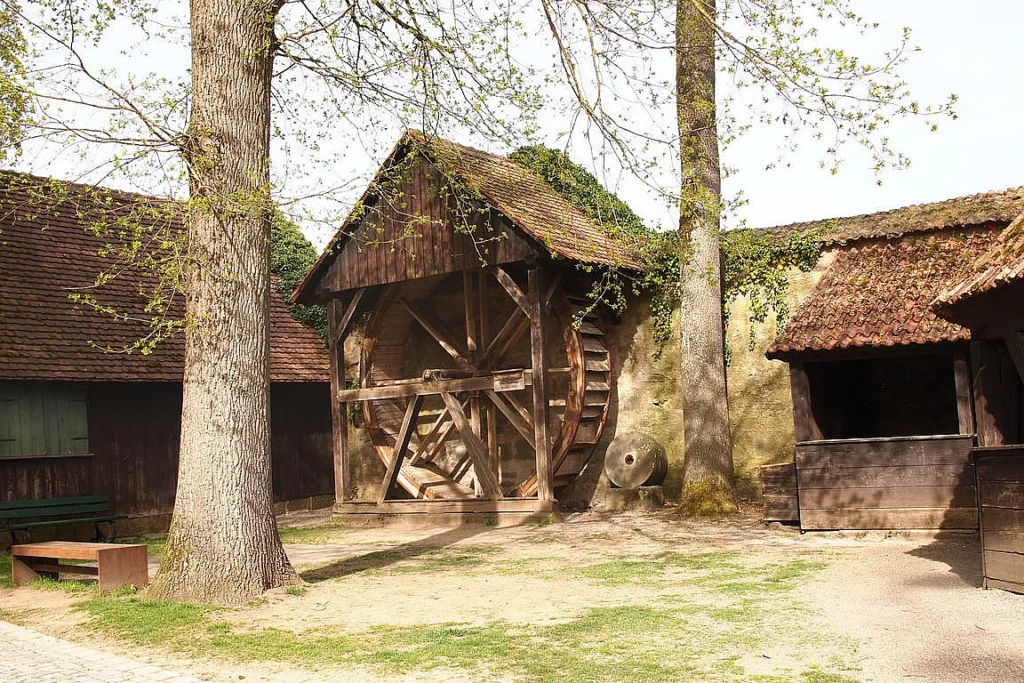

If the city was an unexpected pleasure, the Kinderzeche Museum was more of a disappointment. I was expecting a medieval museum with a full collection. In fact, it is a museum dedicated to a local festival, with a small number of exhibits, which are built into a not very successful installation, making it almost impossible to see them properly.
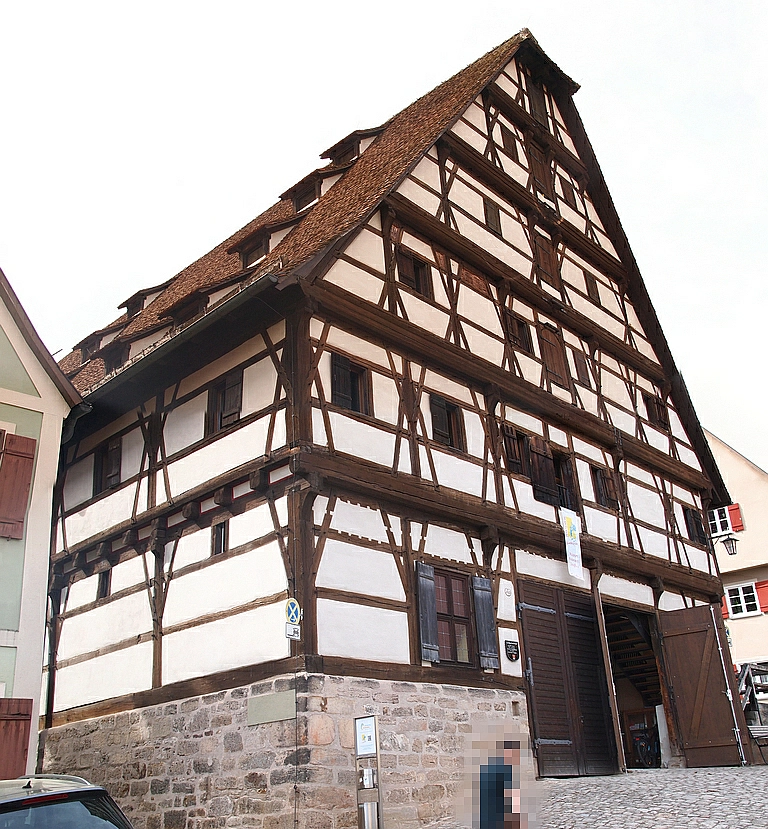
Dinkelbühl in spring offers another attraction: many roofs have nests for storks. There are really a lot of them here, no need to go to Alsace. The storks knock their beaks and flap their wings, and in the evening they fly in flocks to feed.
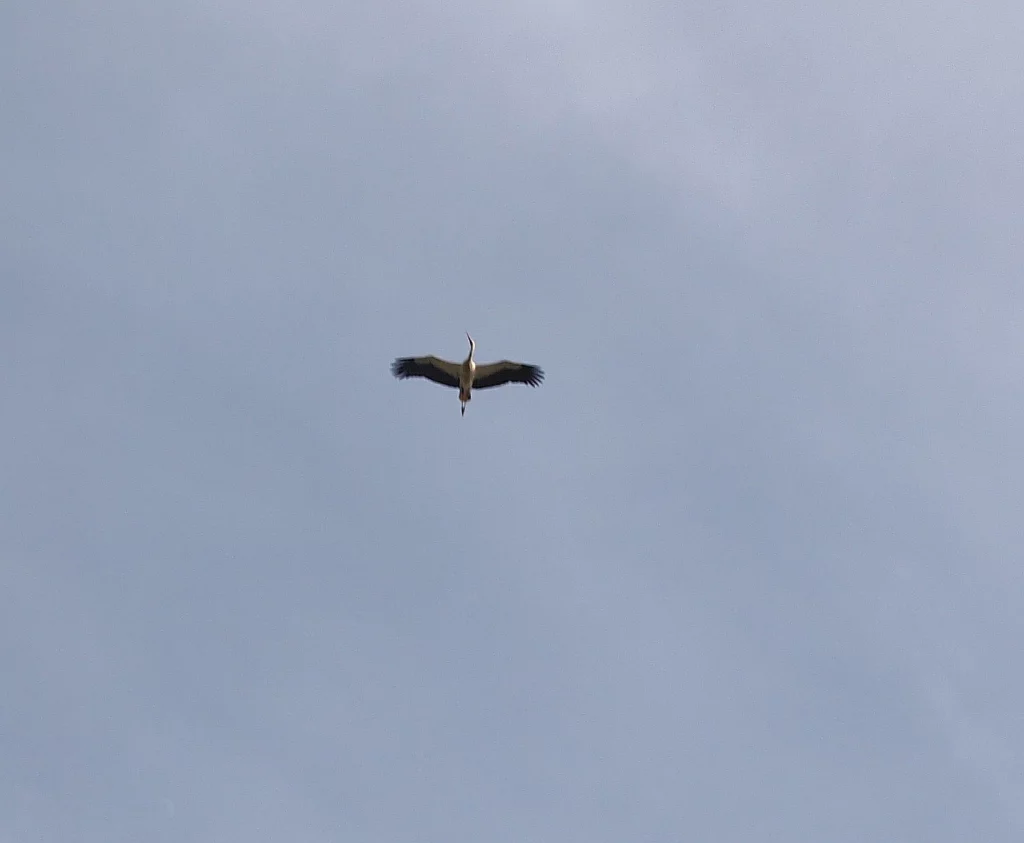


Romantic Franconia
Schwäbisch Hall. 1. What to see in old town
Kraichgau and Castle Road from Sinsheim to Rothenburg ob der Tauber
Rothenburg what to see
From Ulm to Ellwangen. Albtrauf and Bavarian Swabia
Dennenlohe. Rhododendron Garden
Schwäbisch Gmünd and Aalen
Swabian Alb map
Do you enjoy the site without cookies? This means that I work for you at my own expense.
Perhaps you would like to support my work here.
Or change your cookie settings here. I don’t use personalized ads


